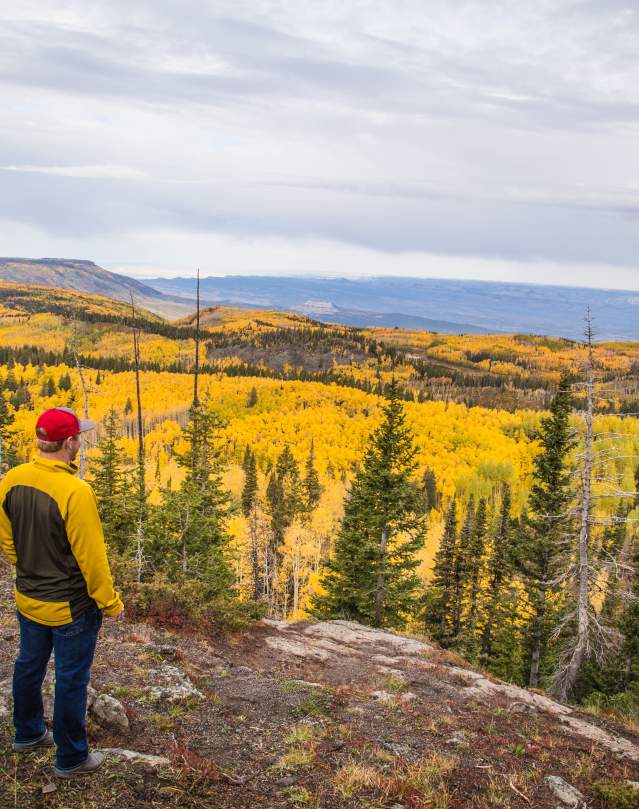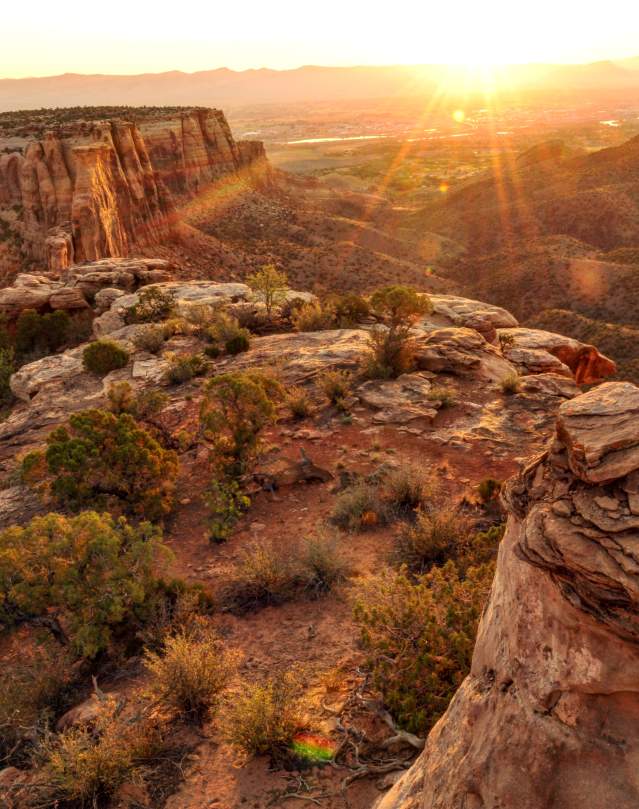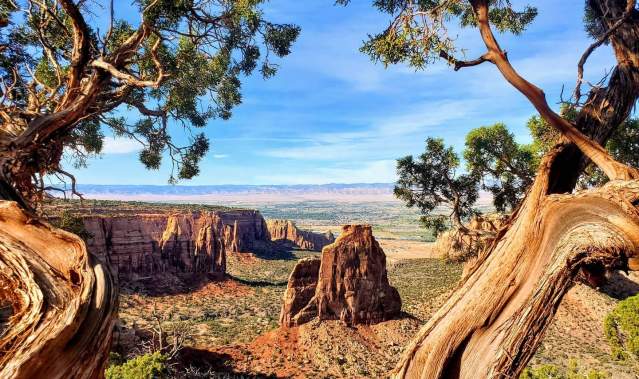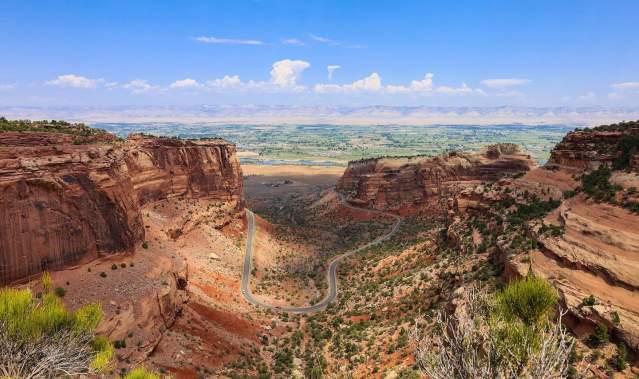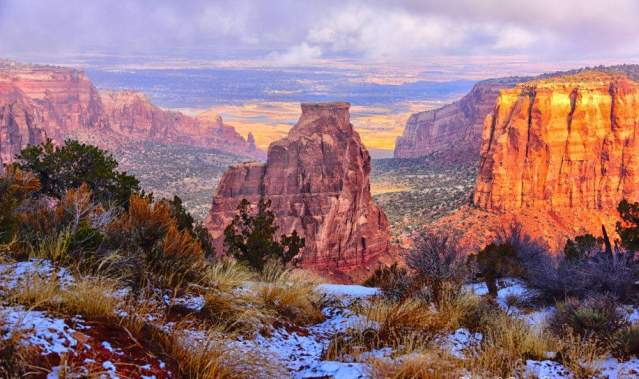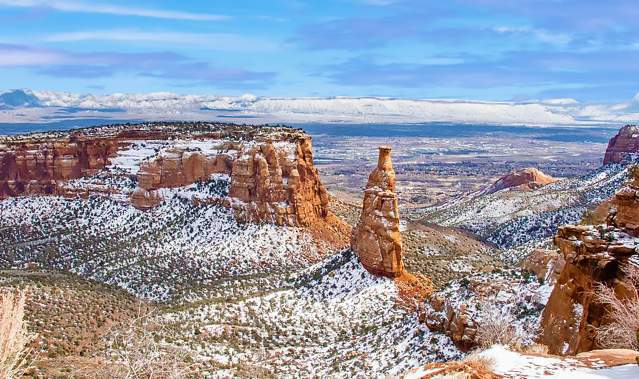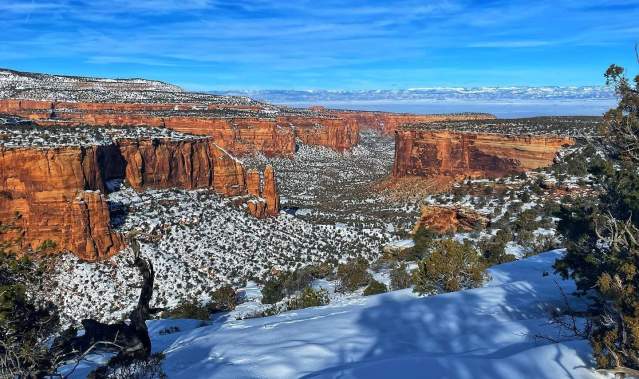Colorado National Monument
Stunning Vistas & Outdoor Adventure
Panoramic views of towering red rock spires are one of the many reasons why Colorado National Monument is a favorite among travelers in search of Colorado’s beautiful destinations. The scenic Rim Rock Drive stretches 23 miles through the National Monument, featuring awe-inspiring vistas along the way.

